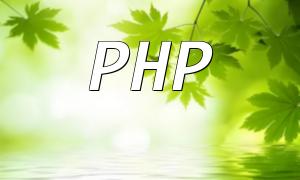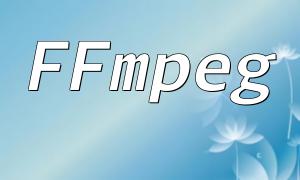Installing PHP extensions on Linux is an essential step to enhance PHP functionality and performance. This guide provides developers with a detailed walkthrough to easily install and manage PHP extensions on a Linux environment, helping to optimize your PHP applications.
PHP extensions offer additional functionality and libraries that allow developers to utilize more powerful tools. Common extensions include GD for image processing, cURL for data requests, and PDO for database access. Proper installation of these extensions can significantly improve development efficiency and application performance.
The process of installing PHP extensions generally involves the following steps:
Before beginning the installation, you should first verify your PHP version. Use the following command to check the PHP version:
php -vMany PHP extensions on Linux depend on specific libraries. You can install these dependencies using a package manager. For example, on Ubuntu, run the following command to install PHP development tools:
<span class="fun">sudo apt-get install php-dev</span>
Depending on the extension you are installing, you might need other libraries as well, such as:
<span class="fun">sudo apt-get install libcurl4-openssl-dev</span>
There are several ways to install PHP extensions:
The simplest method is to use the PECL command to install extensions. For example, to install the memcached extension, run the following command:
<span class="fun">sudo pecl install memcached</span>
If you need more customization or the extension is not available via PECL, you can compile it from source:
<span class="fun">phpize</span>
<span class="fun">./configure</span>
<span class="fun">make</span>
<span class="fun">sudo make install</span>
After installation, you need to enable the extension in the php.ini file. Edit the php.ini file and add the following line:
<span class="fun">extension=memcached.so</span>
To apply the changes, you need to restart your web server. For example, to restart Apache, run the following command:
<span class="fun">sudo systemctl restart apache2</span>
Use the following command to check the list of installed PHP extensions:
<span class="fun">php -m</span>
If you need to uninstall an extension, you can either use the PECL uninstall command or manually delete the corresponding .so file and remove the relevant line from php.ini.
By following the steps above, you should be able to successfully install PHP extensions on Linux. Choose the appropriate extensions based on your development needs to optimize your PHP applications. If you encounter any issues during installation, consulting the official documentation or community support can be a helpful resource.









